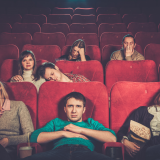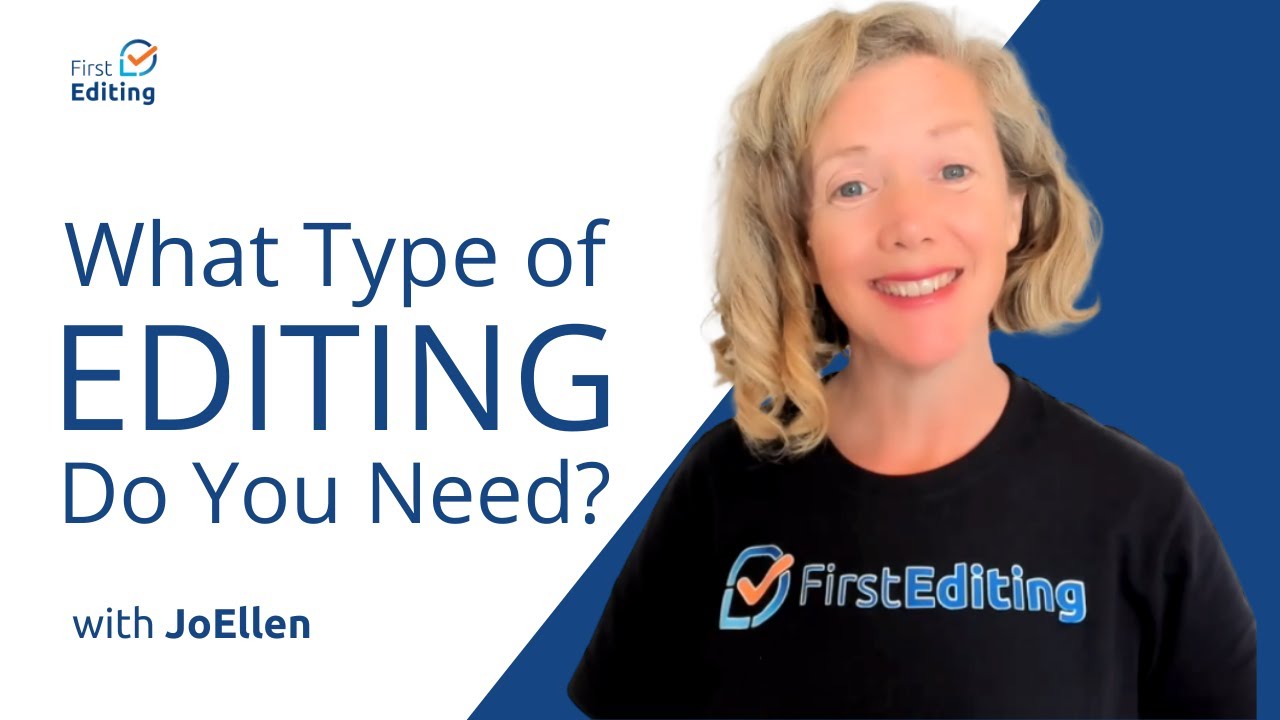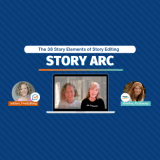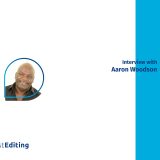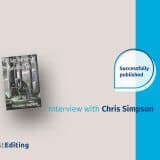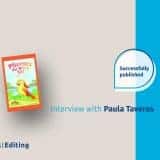
Kristina Stanley from Fictionary joins JoEllen Nordstrom to discuss objects in fiction writing.
Learn why objects are significant in fiction, how they engage readers, and how you can use them right now to improve your writing.
Using objects in fiction
What are objects and what is their significance in the writing process? It’s a tricky thing to put in the right objects and use them in a way that’s engaging to the reader.
Objects are just the “things” in a scene. The possibilities are endless, so how do you, as a writer, figure out, “What the heck am I doing here?”
The most important thing to keep in mind when using objects is that they should perform a function. An object could be a clue, or it could remind a character of good times or bad, triggering a jump into backstory or a flashback.
It could cause also cause conflict between characters.
So, the objects we’re talking about here are the ones that are relevant to the story. That doesn’t mean you won’t have other objects in your scene; of course you will because you need to fill it out. The ones we’re talking about here have some kind of narrative meaning.
If you’re trying to establish that a person is wealthy or poor, a slob or very neat, you can use objects—or a lack of objects—to do it. This adds depth, and the object may even have a double purpose in your story. The more use you can get out of significant objects, the better because it ties them more closely to the story—thus justifying their reason for being there in the first place.
Pitfalls to avoid when using objects in fiction
When using objects, there are several pitfalls to avoid. The first is failing to describe key objects in a way that helps your story. It’s best to think of such objects almost like they’re characters. They have roles, and within those roles, they contribute to the story and move it forward. So, just like characters, they should be given enough descriptive heft to make them distinct.
Another issue is using a long list of objects to describe a setting. Avoid doing this whenever possible; it often reads like a grocery list, buy this, buy this, buy this, and readers will tend to skip over it. A good rule of thumb is that readers rarely remember a list that has more than three things in it.
If readers
skim the list, they might miss something really important in there. Sometimes a novice writer can get a little trapped with that one because writers are taught to hide something important in the narrative so that it is in the reader’s head without them paying too much attention to it. That way, when it comes up later in the story, they think, Oh, yeah, that makes sense. The problem with the grocery list approach is that it was there, but the reader is not going to remember it, so it’s not effective.
Let’s say a character’s desk is littered with items, such as a brush, a mirror, lipstick, a notebook, a used tissue, and a hair clip. If these objects are not linked in some way to the story, the reader doesn’t care about them, so try choosing just two and give them more significant detail: “The desk was littered with her items. I picked up the brush and pulled out a clump of hair. I used to love running my fingers through her hair. The lipstick glared at me as if it knew what I’d done. I would never kiss her lips again.”
Now the objects have meaning. There’s a reason the character in the room is looking at them, touching them, and thinking about them. Aside from just being clues, they are emotionally charged, and the reader will be much more likely to remember them.
That way, when the objects’ significance is revealed to them later in the story, they’ll say, “Wow. That was cool. You got me there.”
How to use objects effectively
You need to keep track of the objects in every scene. If they are important to the story, you want to make sure you have them. And if you move scenes around and revise or cut them, you need to know that you haven’t inadvertently removed them from the story.
Your list should also include objects that don’t seem important at first glance. Ask yourself how you used and described them and see if it’s worthwhile to increase their emotional significance or role in the story. For instance, if you have a pen and it doesn’t seem related to anything, you can cut it out, replace it with something more meaningful, or change how it’s used in the story to draw the reader and move that story forward.
The object list can be long, but it makes keeping track of them much easier. In the end, the list will save you time because you won’t have to hunt back and forth through your manuscript to make sure that they are where they need to be and used as effectively as possible.
If you like what you’ve read, please like, follow, and share this with other friends who might need this information. Thank you for reading.
WATCH NEXT EPISODE: Sight – EPISODE #31
WATCH PREVIOUS EPISODE: Timing – EPISODE #29
RETURN TO THE 38 STORY ELEMENTS


